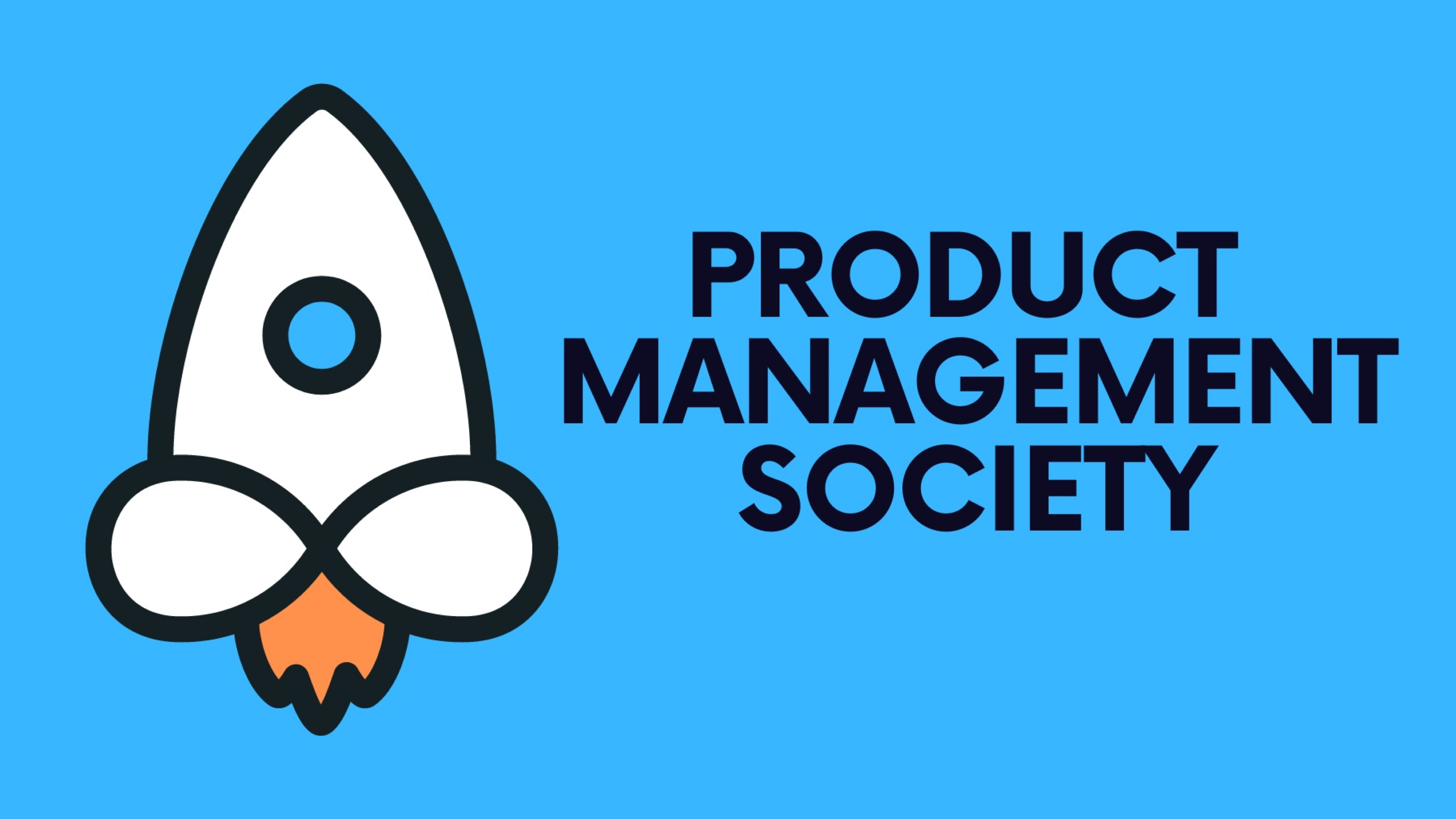From its modest beginnings to its current status as a cornerstone of business strategy, the story of product management is as dynamic as the role itself.
The Humble Beginnings
1920s - 1930s: The Birth of Product Management
The concept of product management can trace its roots back to the 1920s and 1930s. Neil H. McElroy at Procter & Gamble penned a famous memo in 1931, marking the official birth of modern product management. He proposed the idea of "brand men" – dedicated individuals managing individual products, much like a business within a business.
Thanks for reading Product Management Society! Subscribe for free to receive weekly new posts 🚀
Key Takeaway: The inception of product management was centered around brand management and focused on understanding the market and consumer needs.
Source & Further Reading: Haines, Steven. The Product Manager's Desk Reference. 2nd ed., McGraw-Hill Education, 2014.
The Post-War Era and Beyond
1950s - 1980s: Expansion and Diversification
After World War II, as consumer goods industries boomed, so did the role of the product manager. The focus expanded from mere brand management to encompass broader aspects like market research, product development, and strategic planning.
Key Takeaway: This era saw product management becoming more strategic and data-driven, playing a key role in shaping business decisions.
Source & Further Reading: Olsen, Dan. The Lean Product Playbook: How to Innovate with Minimum Viable Products and Rapid Customer Feedback. Wiley, 2015.
The Tech Revolution
1990s - Early 2000s: The Rise of Tech Product Managers
The tech boom brought a paradigm shift. Product managers in technology companies started focusing on software and hardware development, requiring a more agile and iterative approach to product development.
Key Takeaway: The tech era demanded product managers to be more technically inclined and adapt to rapid technological changes.
Source & Further Reading: Cagan, Marty. Inspired: How to Create Products Customers Love. 2nd ed., SVPG Press, 2018.
The Agile Influence
2000s - Present: Embracing Agile Methodologies
The adoption of agile methodologies transformed product management yet again. The focus shifted to quick iterations, continuous feedback, and more collaborative cross-functional teams.
Key Takeaway: Agile methodologies redefined product management into a more dynamic and responsive role, heavily reliant on teamwork and customer feedback.
Source & Further Reading: Sutherland, Jeff. Scrum: The Art of Doing Twice the Work in Half the Time. Currency, 2014.
Today's Product Management
Today, product management sits at the intersection of business, technology, and user experience. It's a role that requires a blend of skills and is crucial for the success of both startups and established companies.
Key Takeaway: Modern product managers are versatile leaders who must balance various aspects, from strategic planning to user experience design.
Source & Further Reading: Banfield, Richard, et al. Product Leadership: How Top Product Managers Launch Awesome Products and Build Successful Teams. O'Reilly Media, 2017.
The Future of Product Management
Looking ahead, product management is set to become even more integral to business success. With advancements in AI, machine learning, and big data, product managers will need to continually adapt and evolve.
Source & Further Reading: Perri, Melissa. Escaping the Build Trap: How Effective Product Management Creates Real Value. O'Reilly Media, 2018.
Conclusion
The evolution of product management reflects the changing landscapes of business and technology. As we move forward, the role will continue to grow and evolve, presenting exciting opportunities for those willing to adapt and learn.
Stay tuned for our next article, where we will delve into the differences between product managers and project managers - a common area of confusion for many.
If you’re finding this newsletter valuable, consider sharing it with friends, or subscribing if you aren’t already. Also, consider coming to one of our Meetups and following us on LinkedIn ✨
Thanks for reading Product Management Society! Subscribe for free to receive new weekly posts 🚀







